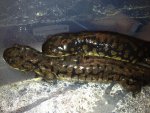In my experience, easterns and Californias tend to be spotted, while westerns are barred or blotched with light coloring [obviously excepting grays]. Easterns have a huge range and two genetic lineages and are regularly collected and sold in the pet trade, though place of origin is rarely provided. A range of variation in their patterns is to be expected, even approaching barred. After all, easterns ARE the ones originally described as tigers. Barred are normally sold as such for a much higher price, and both barred and blotched are fairly easily identified [though not necessarily from one another] by their large elongate blotches or networks of color.
To be honest Jaymes, yours look remarkably similar to blotched. However, the one clearly has eastern spotting [round to ovoid] while the other seems to have grossly enlarged spots or reduced black interstices, whereas blotched tend to have obvious networks of dark and light colors [I've seen olive, lime, lemon, and orange coloration]. The amount of variation is precisely why it can be very difficult to ID tigers from the pet trade.
Where snout shape is concerned, I wouldn't expect anything reliable, as that's something which can change with diet [eg. cannibal morphs], and I can't say I've noticed a significant difference among the many of three species and one additional subspecies I've seen.



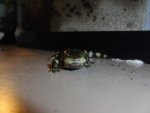
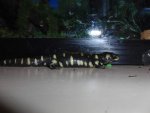
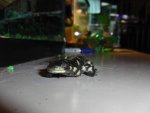
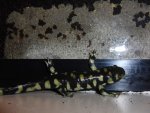


 Axolotl Enthusiast
Axolotl Enthusiast
